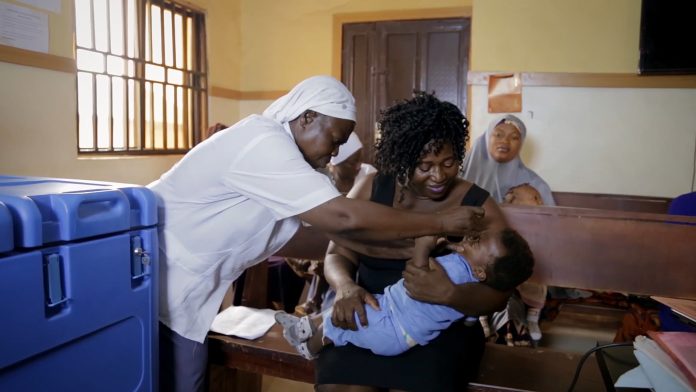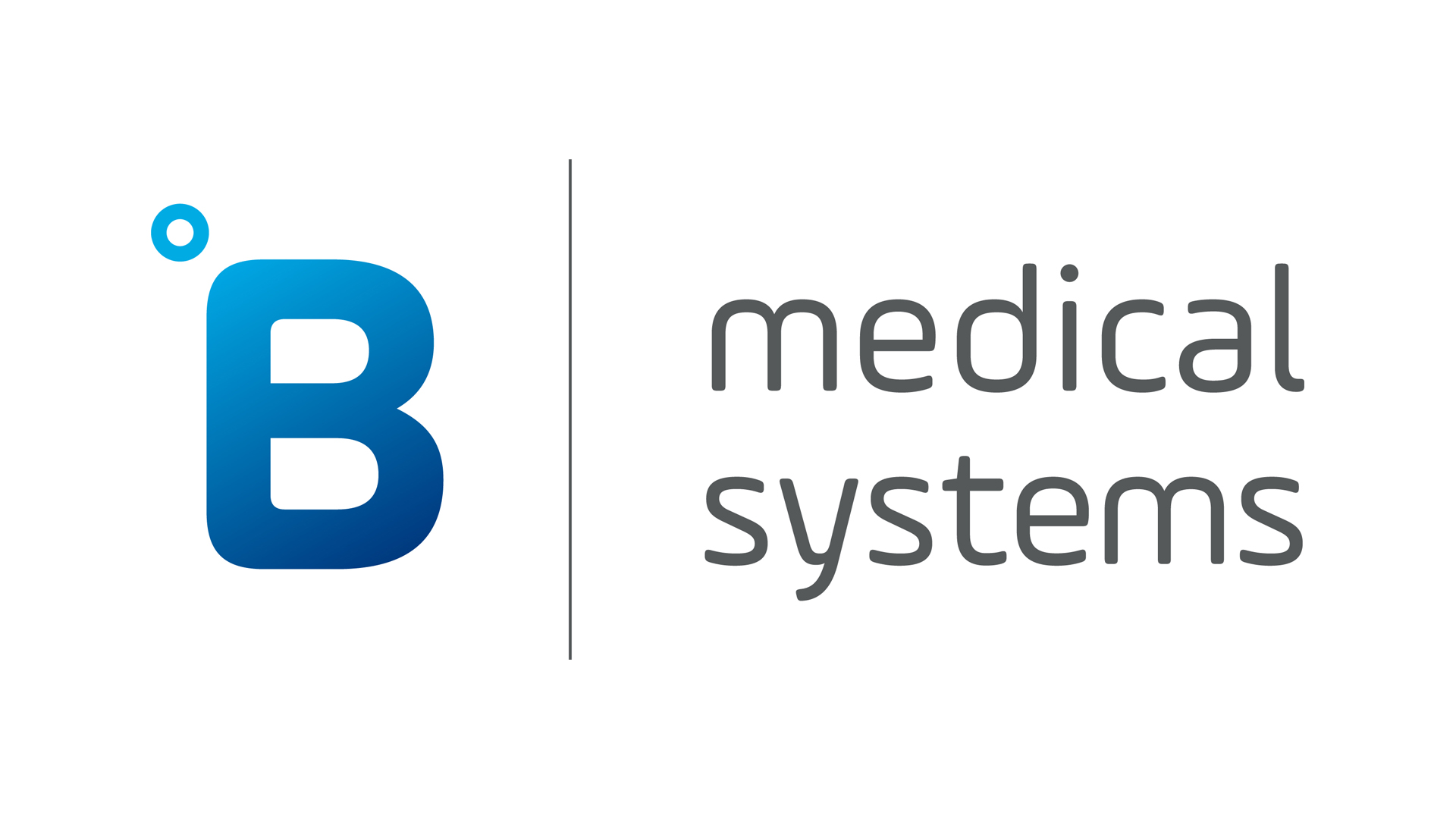
In a major breakthrough for global health, a new polio vaccine has received WHO prequalification. This innovative vaccine addresses persistent challenges and strengthens efforts to eradicate polio, offering renewed hope for a polio-free future.
In a significant stride towards eradicating a debilitating disease, a new polio vaccine has achieved WHO prequalification this year. This development represents a crucial milestone in global health, where effective vaccination remains our strongest defence. With a novel design intended to tackle the persistent challenge of the virus, this vaccine is poised to bolster our fight against the spread of poliomyelitis. Years of research, collaboration, and testing have culminated in this achievement, promising new hope for a world free of polio.
Why a new vaccine?
Despite widespread immunization campaigns, polio has proven a tenacious adversary. The disease, which primarily affects young children, can lead to irreversible paralysis and even death. While substantial progress has been made in the fight against this disease, certain strains of the virus, particularly circulating vaccine-derived poliovirus (cVDPV), a strain that emerges when the weakened virus in oral vaccines mutates back into a more virulent form, continue to circulate in regions with suboptimal vaccine coverage.
The challenges posed by cVDPV are compounded by logistical and resource limitations in many affected regions, requiring more effective and adaptable vaccination solutions. As the world approaches the final stages of this virus’ eradication, there’s a pressing need for a safe vaccine that can curb the spread of these resistant strains.
To counter the threat of strains such as cVDPV, the new novel oral polio vaccine type 2 (nOPV2) was developed. It is designed to be genetically stable, therefore reducing the risk of reversion to a more virulent form and thereby improving overall safety and effectiveness. After rigorous testing and safety assessments, the vaccine received its prequalification by the World Health Organization, a significant endorsement of its potential impact.
Development and approval of NOPV2
The ambitious effort to develop the nOPV2 vaccine required years of research, clinical trials, and strategic partnerships. By utilizing advanced genetic techniques, scientists were able to develop a vaccine with improved genetic stability. These modifications significantly reduce the risk of the virus reverting to a harmful form, thus minimizing the potential for cVDPV outbreaks.
The rigorous testing process included extensive clinical trials which showed promising results in both safety and effectiveness. The trials provided convincing data that nOPV2 is not only effective at inducing immunity but also better equipped to prevent the spread of vaccine-derived strains. In November 2020, the World Health Organization granted the vaccine an emergency use listing, a critical endorsement that allows its rapid distribution and deployment in outbreak regions.
This approval was a pivotal moment in polio eradication, marking the culmination of a concerted global effort. With nOPV2 now available, global health organizations can swiftly address cVDPV outbreaks, bringing us closer to the long-sought goal of eradicating polio in its entirety.
Key characteristics of NOPV2
The nOPV2 vaccine incorporates several key characteristics that make it a significant improvement over previous oral polio vaccines:
- Genetic Stability:
The most crucial enhancement is nOPV2’s genetic stability. It has been engineered to significantly reduce the chances of the weakened virus mutating back to a virulent form, a problem that has plagued earlier oral vaccines and led to outbreaks. This improved stability makes it far safer, especially in regions with low vaccination coverage. - Safety and Efficacy:
Extensive clinical trials and real-world testing have shown nOPV2 to be both safe and effective. It induces a strong immune response, ensuring robust protection against polio while minimizing the risk of side effects. This effectiveness is crucial in swiftly containing outbreaks and preventing further spread. - Optimized Storage and Distribution:
nOPV2 can be stored and transported at standard refrigeration temperatures of 2-8°C (35.6-46.4°F) for up to 6 months, and at a temperature of -20°C up to 24 months. This compatibility with existing cold chain infrastructure (such as vaccine refrigerators and freezers) simplifies its distribution and ensures its stability and potency. Such standard storage requirements make it ideal for deployment in regions with limited resources, where consistent refrigeration can be a challenge. - Rapid Deployment:
The World Health Organization (WHO) lists the vaccine’s emergency use listing as a permit for rapid deployment to regions experiencing cVDPV outbreaks. This quick access is essential for preventing outbreaks from spreading and safeguarding vulnerable populations.
Conclusion
The approval of the novel oral polio vaccine type 2 (nOPV2) signifies a major stride in the global fight against polio. With enhanced genetic stability, proven safety, and optimized storage conditions, it addresses key challenges in eradicating circulating vaccine-derived poliovirus. Its emergency use listing by the World Health Organization enables swift distribution to outbreak regions, helping to contain the virus more effectively. As we edge closer to a polio-free world, nOPV2 could be a key factor in the fight against this disease.









